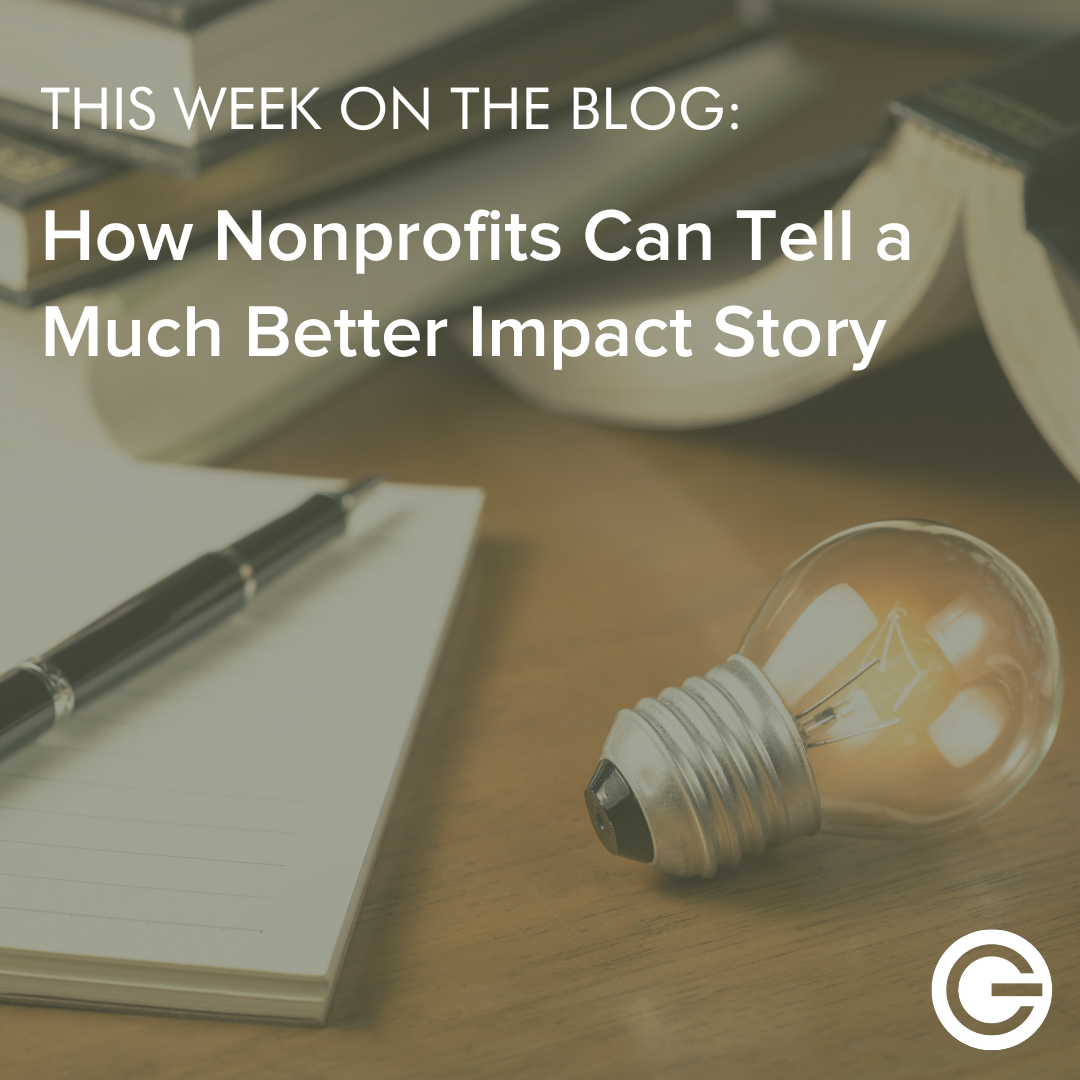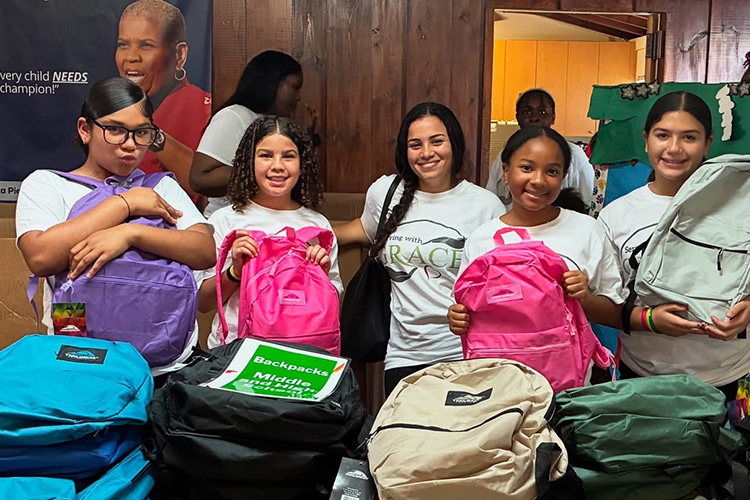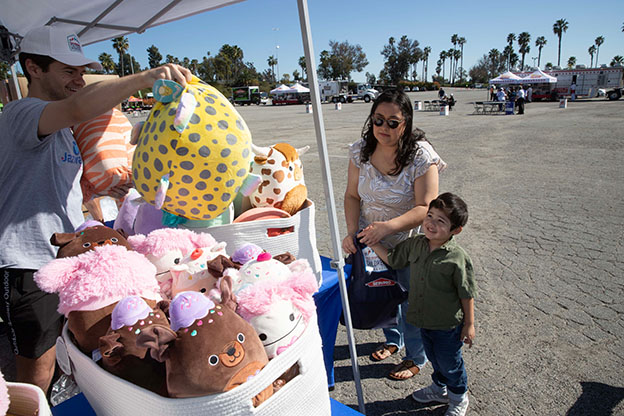Every nonprofit needs to tell impact stories, but not every nonprofit is telling a story that is making an impact on their donations and advocacy.
When effectively done, impact stories create an emotional connection with the reader (or viewer), feel genuine and authentic, reinforce why donors should give in the first place, and inspire your audience to imagine the better world you’re trying to create.
Here are some of our best tips for maximizing your impact stories:
Find the ONE person
The story of your organization isn’t told in statistics, fundraising numbers, or even what your cause is about. It’s told through the lens of a real person whose story has been changed because of the work that you do.
It’s easier to create an emotional connection when you focus on one person’s story. You can offer specific details rather than generalizations. The hard part is finding that person whose journey embodies the impact that your organization can make. Once you find that person, your job is to bring their story to life.
Focus on the transformation
Every story needs a hero, and every hero in a compelling story undergoes a dramatic transformation. It’s this change—the overcoming of obstacles, the personal epiphany—that makes stories so engaging. Your audience should always be asking: So, what happens next? How will it end?
In the same way, your impact story should focus on the transformation that you’re making as an organization. How are you changing the lives of the people you’re making? What does the before and after picture look like? Show (don’t tell) us this beautiful transformation and your organization’s role in making it happen.
Be as specific as possible
Stories come alive with details. Good stories feel real. Strong, compelling details provide the context so we understand the world in which the story is unfolding—and makes us care about the characters in it.
For example, this is how the nonprofit charity: water introduces us to Jean Bosco, one of the African villagers who struggles to find fresh water every day: “Shy and sturdy, he carried an empty 5-gallon Jerry can on his head with a banana as the cork. At 15 years old, his days were filled with little more than fetching water from a brown, murky pond. Four to five times a day, every day, he walked. Back and forth, to and fro, the monotony would bring me to the brink – but daily he woke up to walk.”
In just a few sentences, we get a really good idea of what it means to not have access to clean water—and we understand who exactly would benefit from a donation.
Put it in their own words
Oftentimes, hearing directly from a person who has been impacted by your nonprofit’s work is the most effective way to tell the story. There’s something very authentic about hearing someone’s personal story in their own voice.
To do this well, you’ll want to edit down their interview into a brief writeup. Alternatively, you can pull out the most compelling comments and use them in your story, like in a news article.
The bottom line
With just a little bit of intention, you can take your impact stories from meh to memorable. At many nonprofits, putting together impact stories remains something of an afterthought. That’s a missed opportunity. When done well, your impact stories can be repurposed into all sorts of marketing collateral, from social posts to direct mail campaigns. Take action today by giving a few of these tips a try!








